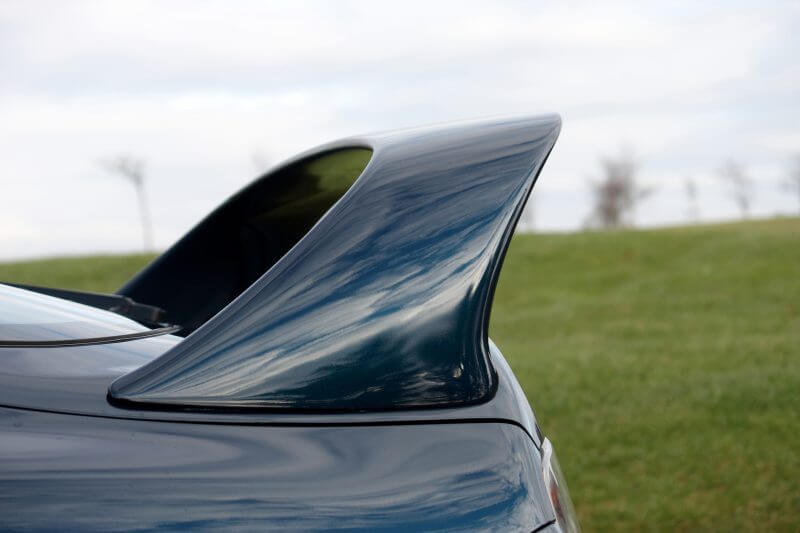When people talk about spoilers on cars, they often think about sports or performance vehicles. However, some standard production cars also have them.
It’s a popular modification among auto enthusiasts. Looking at some custom Teslas online, it seems every other owner also has a spoiler on their EV.
In this article, we’ll talk about spoilers and their purpose for a vehicle. We’ll also discuss the benefits of installing spoilers in different areas of your car. Read on!
Table of Contents
What is a Spoiler’s Purpose?
A spoiler “spoils” the airflow around the car to benefit the vehicle’s performance on the road. The installation decreases the drag and lift on the vehicle, improving the car’s overall road-holding speed.
In other words, spoilers make the car more aerodynamic — the study of airflows around objects in motion. Better aerodynamics translates to better fuel efficiency before engine power and mechanics.
Digging deeper, a spoiler acts on the drag and lift on your car. Drag is caused by wind resistance or air flowing over the top of your car. Meanwhile, lift is caused by air flowing underneath your car, which then tries to “lift” your vehicle, decreasing road hold.
Spoilers don’t have many obvious effects on cars at slow speeds. However, they can make a great difference to the performance of the car at high speeds. This is part of the reason why many people associate spoilers with sports cars and racing vehicles. They help cars move faster on corners and straights and use less fuel.
Where are Spoilers Installed?
Spoilers like the 1999-2004 mustang spoiler are usually installed at the rear of the car for maximum downforce support, counteracting the lift and reducing air resistance.
However, you can also install spoilers on several other locations on a car:
- Spoilers at the front and sides of the car (called air dams) reduce air flowing beneath the car, decreasing lift and drag.
- Rear spoilers on the car’s trunk act like an inverted wing, making the air push the car down onto the road surface. This increases wheel traction on the road.
- Spoilers at the front limit the airflow under the car. As the air is sucked out from beneath the vehicle at the rear, a mini-vacuum is created at high speeds, pulling the car closer to the road surface. This reduces the lift factor and improves the car’s holding ability, especially when cornering.
Simply put, a spoiler can be installed in several locations in a car, but its purpose is the same regardless of where you install it.
Should You Install a Spoiler On Your Car?
When installing a spoiler, consider the car’s design. Manufacturers building aerodynamic concepts into their vehicles, and installing spoilers can change the car’s original design. Some cars come with pre-installed spoilers, however. Many sports cars made for high speeds and racing have retractable spoilers folded into the car’s body; they only deploy when the vehicle reaches a specific speed.
Some performance model spoilers don’t claim to improve aerodynamics or downforce. And as mentioned, spoilers don’t always have any obvious effects on the car’s performance when driving at slow speeds. As a result, aftermarket spoilers are mostly sold for aesthetic purposes among standard cars.
Spoiler vs Wing
Spoilers at the rear of a car are commonly mistaken for wings. A wing is usually a large spoiler on a race car that provides extra downforce for the vehicle’s rear wheels. Meanwhile, spoilers are generally smaller and produce less downforce, though they reduce turbulence behind the car, improving fuel efficiency.
Simply put, when people talk about a small wing behind a standard street car, they’re generally referring to the rear spoiler. “True” car wings are larger and often used by professional race cars to gain extra downforce to go as fast as possible.

